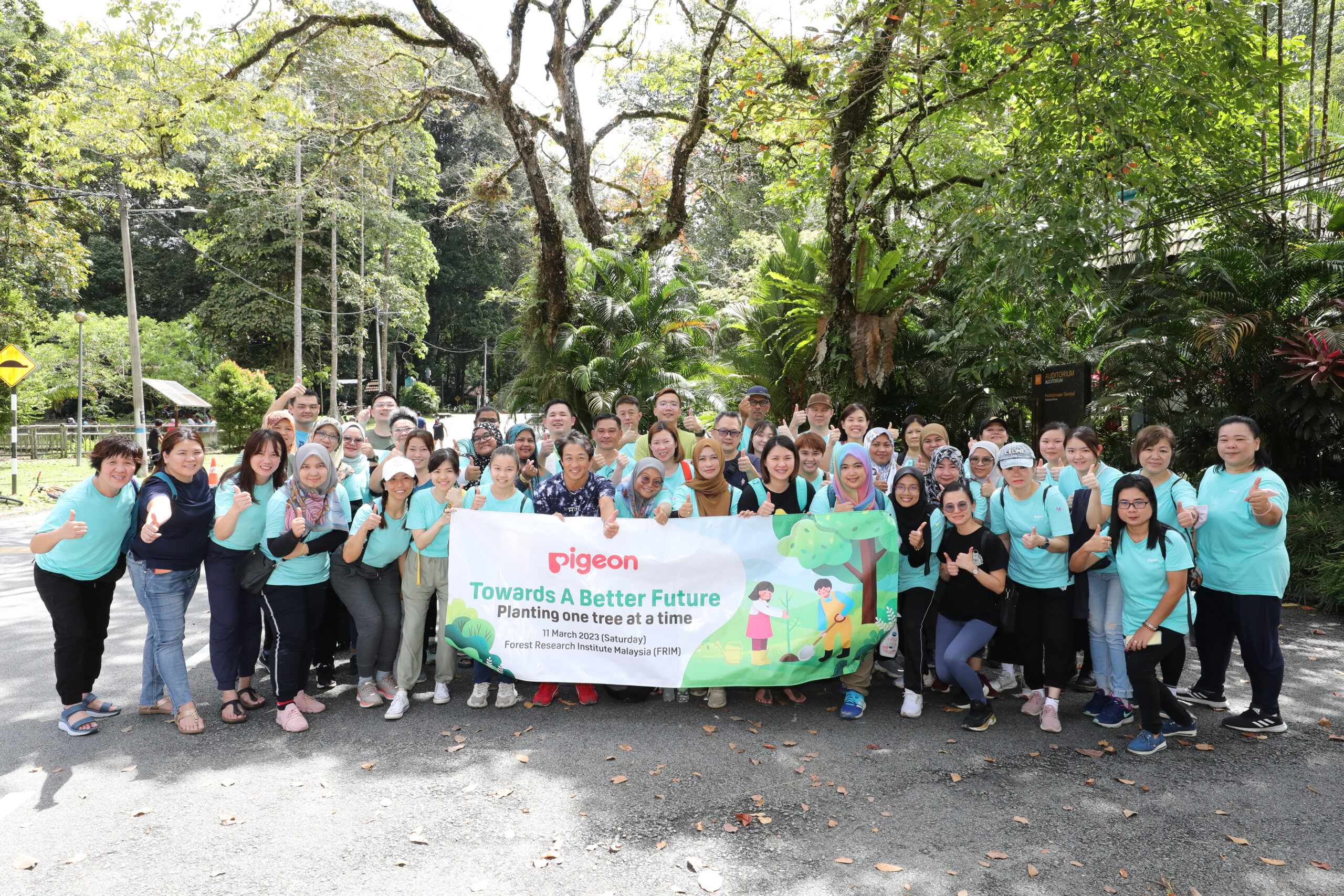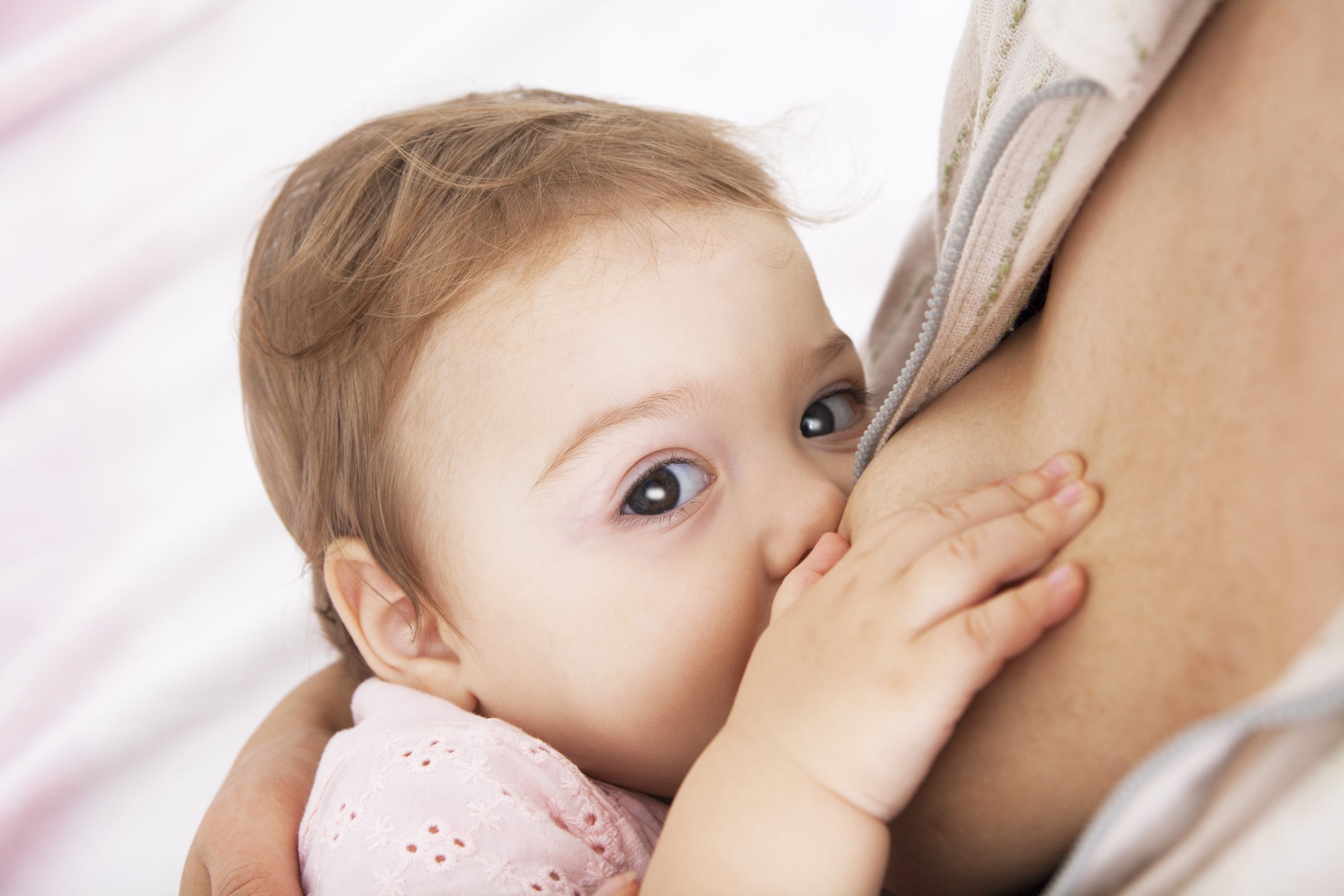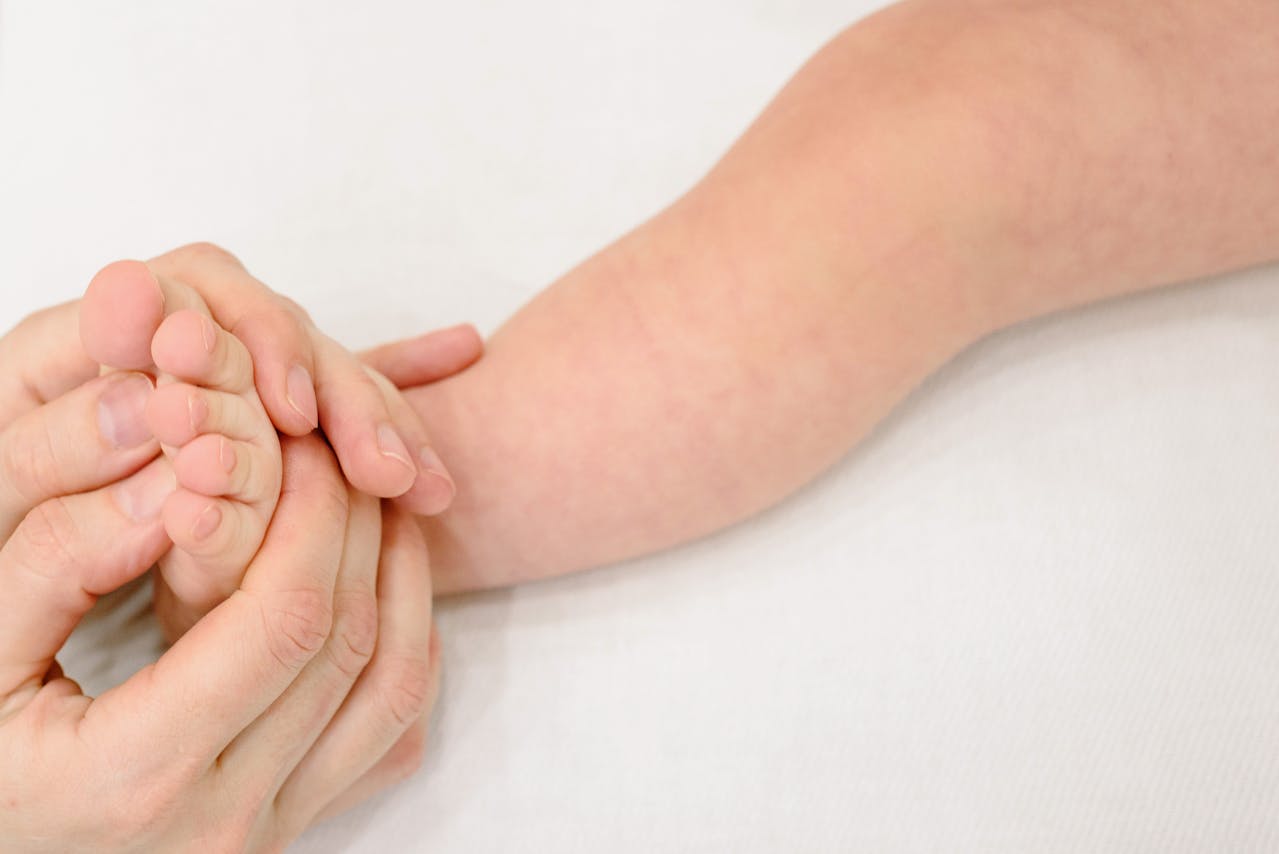As a new mother, one of the challenges you may face is not knowing how to properly measure your nipple size for a breast pump. Understanding the procedures and context behind it ensures that you get the right fit, avoiding discomfort and optimising milk extraction.
In this guide, we’ll walk you through the simple yet essential steps to measure your nipple size, helping you make an informed choice for your breastfeeding journey.
How to Measure Nipple Size for Breast Pump
Getting the right flange size is only possible by trying out different flanges but as a rule of thumb, measure your nipple diameter (excluding the areola) using a soft measuring tape. Then, add a few millimetres to this measurement for the ideal flange size. Do note that it is possible to express milk despite using the wrong size.
Here’s a step-by-step guide to ensure you get it right:
- What You Need: Universal nipple measuring tool OR ruler OR soft measuring tape.
- Preparation: Measure your breasts when they are their usual size – before feeding.
- Measuring Process: Measure both nipple’s diameters (not the areola) and note down their length in millimetres every couple of months, because nipple size tends to shift from time to time.
Understanding Breast Pump Flange Sizes
The standard flange size is 24-27mm, which fits the average nipple size. The flange should fit comfortably without too much space around the nipple. Your nipple must also move freely within the tunnel without rubbing on the walls. However, do note that pump flanges are not a one-size fits all and sometimes, you just need a different flange shape.
The chart below provides rough guidelines to start with. Again, these are merely starting points, and we highly recommend trying out different sizes for the optimal fit.
| Flange Size (mm) | Nipple Diameter it Fits (mm) | General Guidance |
| 21 mm | Up to 17 mm | Extra small, for very small nipples |
| 24 mm | 17-20 mm | Considered the standard or medium size |
| 27 mm | 20-23 mm | Large size for slightly larger nipples |
| 30 mm | 23-26 mm | Extra large, for larger nipples |
| 36 mm | 26-29 mm | XXL size, less common, for much larger nipples |
The Importance of Accurate Nipple Measurement
Selecting a breast pump with the correct flange size is essential to avoid complications like nipple trauma, discomfort, and potentially decreased milk supply. An ill-fitting flange can also compromise pumping efficiency—for instance, a too-large flange can cause the areola to be pulled into the pump, weakening suction and reducing milk extraction efficiency.
Research in lactation science underscores the significance of a proper flange fit for maintaining breast health and facilitating successful lactation. These studies highlight that an appropriately sized breast pump not only improves comfort but also optimises milk production, which makes breastfeeding a significantly more comfortable experience.
Common Mistakes to Avoid When Measuring

While measuring nipple size seems straightforward, it’s easy to make mistakes that can lead to incorrect sizing. Here are some common errors to watch out for:
Measuring the areola Instead of the nipple: The measurement should only include the nipple, not the areola.
Not accounting for changes: Your breast and nipple size can change postpartum. It’s advisable to re-measure a few weeks after birth or if you experience discomfort.
Tips for Choosing the Right Flange
While the material’s hardness is less a factor than fit, ensuring a proper seal is vital. It’s normal to have different nipple sizes, and using appropriate flange sizes for each can enhance pumping effectiveness.
Also, if the flesh around the nipple turns white (also known as blanching), it could indicate a fit issue or temporary blood flow restriction. Rare instances of blanching might not be alarming, as it is commonly associated with poor latch. However, consistent occurrences should prompt a review of the flange size or consultation with a lactation specialist.
Conclusion
Understanding how to measure your nipple size for a breast pump is a simple but crucial step in your breastfeeding journey. It ensures comfort, prevents nipple damage, and enhances milk extraction efficiency. By following the steps outlined in this guide, you can ensure a much more comfortable and effective pumping experience.
For a wide range of suitable breast pumps and accessories, tailored to your unique needs, visit pigeon.com.my.






